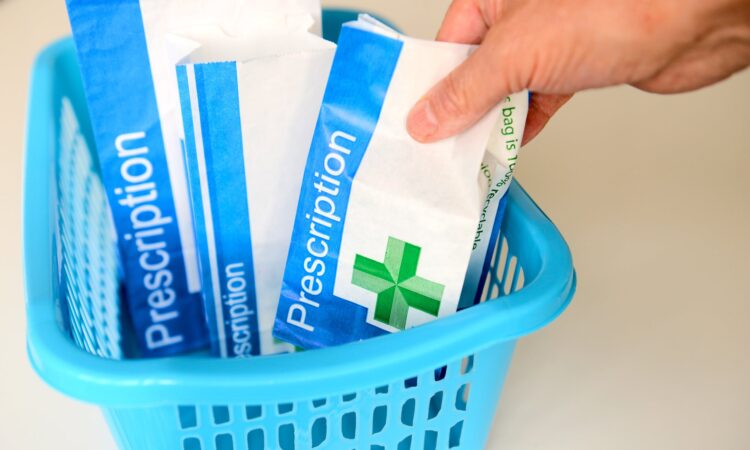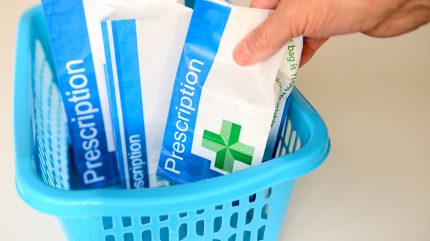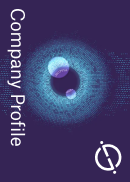

Antimicrobial resistance (AMR) is one of the biggest challenges facing healthcare systems across the globe today, with the problem expected to become more acute every year. In 2019, the World Health Organization attributed 1.27 million global deaths directly to resistant infections. The UN Environment programme has estimated this could rise to 10 million annually by 2050 if no effective action is taken to tackle the problem.
Unfortunately, the need to safeguard newly licenced antimicrobials from developing resistance, by using them sparingly has meant manufacturers cannot depend on sales revenues to reap a return on their multi-million-dollar investments. This has seen R&D funds for such projects fall short: in 2020, the pharmaceutical industry raised GBP 5.4bn for oncology R&D but a mere GBP 125m for antibiotics.
The result: no new classes of antimicrobials have been licensed since the 1980s.
Against such a backdrop, in 2020, the UK’s NHS successfully trialled a novel yearly subscription-style payment for new antibiotics. It effectively delinked manufacturer income from sales volumes, providing companies with a guaranteed pre-agreed revenue regardless of how many drugs are prescribed over the year.
Two drugs were successfully awarded contracts.
In what many are now calling a historic move, the healthcare provider, following a period of consultation, permanently adopted the model for antibiotic procurement in May, thereby raising hopes the terminal decline in antimicrobial R&D investment may start to slow down.
Access the most comprehensive Company Profiles
on the market, powered by GlobalData. Save hours of research. Gain competitive edge.

Company Profile – free
sample
Your download email will arrive shortly
We are confident about the
unique
quality of our Company Profiles. However, we want you to make the most
beneficial
decision for your business, so we offer a free sample that you can download by
submitting the below form
By GlobalData
The devil is in the detail
Paul Catchpole, the value and access policy director at the Association of the British Pharmaceutical Industry (ABPI) says the pharma sector is ‘very pleased’ with the final details of the model that was published on the 8 May.
Previously, the NHS had proposed considering only two drug candidates at a time under the scheme, but this limit has now been lifted, as well as being opened to existing antibiotics – a huge positive, according to Catchpole.
After making an application to the scheme, drugs will be assessed for eligibility based on factors such as the pathogen they target (the hierarchy of pathogens is determined by the WHO priority list). If successful, according to the proposed model, the drugs’ value will be assessed across seventeen criteria, including surety of supply, antimicrobial stewardship and manufacturing practises, to calculate a final score that must be no less than 50%.
There has been little detail on the finally adopted criteria and evaluation process, but that is expected to be supplied as part of the tender documentation.
Based on this awarded grade, the company can be offered one of four payment band ranges – GBP 5m, GBP 10m, GBP 15m, GBP 20m. This is a ‘fair share payment’ meant to reflect England’s’ portion of the global market, which is around 2–3%. These renumeration bands survived the consultation period despite some criticism from industry experts that the lower bands were insufficient. However, it must be shown that companies can obtain the upper value bands, says Catchpole.
He adds that NHS England has created a ‘very efficient’ system that allows the devolved nations – Wales, Northern Ireland, and Scotland – to take part without having to duplicate work and industry partners are keen to see a clear commitment that when new products are identified they will also join the process. Their contribution will top-up the final payment amount the companies receive as the current bands are for England only.
“If everybody participates it makes it even more powerful, because it’s the UK speaking with a single voice to say, ‘look, we have arrangements and we send a strong signal globally’. This will help other countries see the need to move,” Catchpole says.
In the final model, timeframes from consideration to approval are shortened from two years to one and a half, but Catchpole says he would like to see these reduced further, if possible.
Industry is also keen to seek assurances in the final contract about what happens in the event of exceptional circumstances, such as a major outbreak or a pandemic. This could see the company providing more product than it was getting paid for through the subscription model or force them to stockpile large amounts of product.
“Those arrangements have to be appropriate, so they’re reasonable for the company, especially smaller ones; we need to make sure there’s flexibility in the contract so we don’t disadvantage companies,” he explains.
Pacesetting for a global approach
It’s early days for the new model, which still has room to grow. “Some of the really important things, such as the value bands haven’t explicitly changed, and that’s disappointing,” says Grace Hampson, an associate director of the independent health economics research organisation, the Office of Health Economics (OHE), which ran several in-depth studies on the model. “But it’s now launched and that’s incredible. I struggle to find the words because it’s so important for AMR globally – world leading, pacesetting, the potential to be revolutionary,” she adds.
The main hope is England’s commitment to the scheme will spur other nations to introduce similar models, many of which are already in the pipeline. This is paramount because the UK can’t reverse the investment decline alone.
“All countries globally, particularly the G7 and G20 nations, need to make their own contributions, collectively, to add up to significant amounts of money that will make antibiotic research more commercially attractive to stimulate development,” says Catchpole.
The US has already proposed the Pioneering Antimicrobial Subscriptions To End Up surging Resistance Act of 2021, or the PASTEUR Act of 2021, which proposes a similar subscription-based model. It’s currently stuck in the US Senate. Meanwhile, the European Union is considering a transferable exclusivity voucher (TEV) that rewards a pharmaceutical company for the development of a critically needed drug such as an antibiotics with a voucher that extends the patent on another drug.
Even so, Catchpole cautions there isn’t going to be a rush of new antibiotics anytime soon, as there simply aren’t that many products in the pipeline.
“But the main point is. it’s incredibly positive the NHS has made the first move and is sending the right signals to the world,” he concludes.






